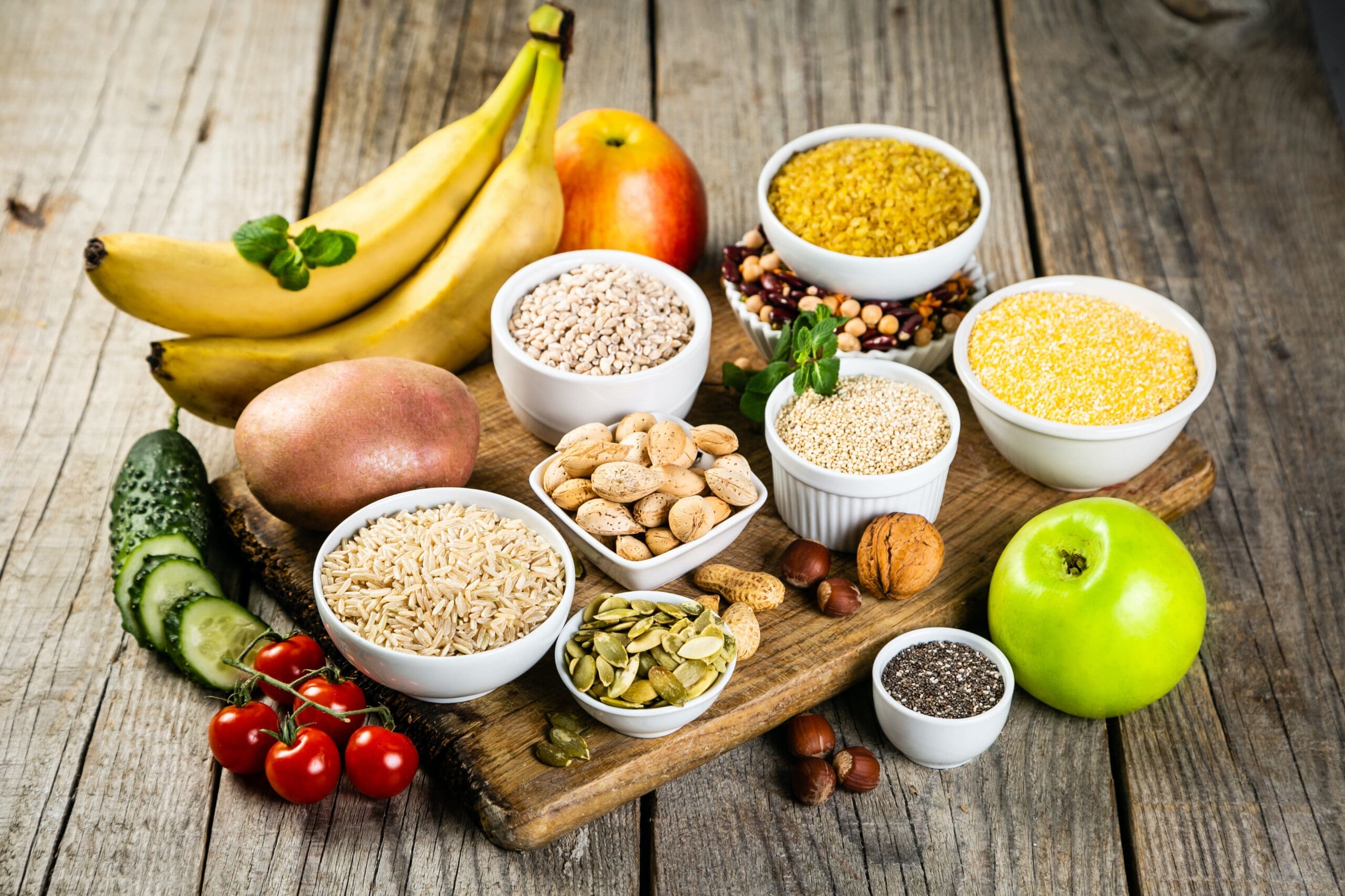“Eat more fibre”. You’ve probably heard it before. But do you know why is fibre important?
Dietary fibre — found mainly in fruits, vegetables, whole grains and legumes — is probably best known for its ability to prevent or relieve constipation. But foods containing fibre can provide other health benefits as well, such as helping to maintain a healthy weight and lowering your risk of diabetes, heart disease and some types of cancer.
Selecting tasty foods that provide fire isn’t difficult. Find out how much dietary fibre you need, the foods that contain it, and how to add them to meals and snacks.
What is dietary fibre?
Dietary fibre, also known as roughage or bulk, includes the parts of plant foods your body can’t digest or absorb. Unlike other food components, such as fats, proteins or carbohydrates — which your body breaks down and absorbs — fibre isn’t digested by your body. Instead, it passes relatively intact through your stomach, small intestine and colon and out of your body.
Fibre is commonly classified as soluble, which dissolves in water, or insoluble, which doesn’t dissolve.
- Soluble fibre. This type of fibre dissolves in water to form a gel-like material. It can help lower blood cholesterol and glucose levels. Soluble fibre is found in oats, peas, beans, apples, citrus fruits, carrots, barley and psyllium.
- Insoluble fibre. This type of fibre promotes the movement of material through your digestive system and increases stool bulk, so it can be of benefit to those who struggle with constipation or irregular stools. Whole-wheat flour, wheat bran, nuts, beans and vegetables, such as cauliflower, green beans and potatoes, are good sources of insoluble fibre.
The amount of soluble and insoluble fibre varies in different plant foods. To receive the greatest health benefit, eat a wide variety of high-fibre foods.
Benefits of a high-fibre diet
A high-fibre diet:
- Normalises bowel movements. Dietary fibre increases the weight and size of your stool and softens it. A bulky stool is easier to pass, decreasing your chance of constipation. If you have loose, watery stools, fibre may help to solidify the stool because it absorbs water and adds bulk to stool.
- Helps maintain bowel health. A high-fibre diet may lower your risk of developing hemorrhoids and small pouches in your colon (diverticular disease). Studies have also found that a high-fibre diet likely lowers the risk of colorectal cancer. Some fiber is fermented in the colon. Researchers are looking at how this may play a role in preventing diseases of the colon.
- Lowers cholesterol levels. Soluble fibre found in beans, oats, flaxseed and oat bran may help lower total blood cholesterol levels by lowering low-density lipoprotein, or “bad,” cholesterol levels. Studies also have shown that high-fibre foods may have other heart-health benefits, such as reducing blood pressure and inflammation.
- Helps control blood sugar levels. In people with diabetes, fibre — particularly soluble fibre — can slow the absorption of sugar and help improve blood sugar levels. A healthy diet that includes insoluble fibre may also reduce the risk of developing type 2 diabetes.
- Aids in achieving healthy weight. High-fibre foods tend to be more filling than low-fibre foods, so you’re likely to eat less and stay satisfied longer. And high-fibre foods tend to take longer to eat and to be less “energy dense,” which means they have fewer calories for the same volume of food.
- Helps you live longer. Studies suggest that increasing your dietary fibre intake — especially cereal fibre — is associated with a reduced risk of dying from cardiovascular disease and all cancers.
Fruits & Vegetables that are High in Fibre
Fruits and vegetables that contain 5 grams or more fibre (20% or more of the Daily Value per reference amount) qualify as “high in fibre”
Below are some examples of these:
- Apple
- Blackberries
- Lentils
- Lima Beans
Pear - Pigeon Peas
- Pink Beans
- Pinto Beans
- Raspberries
- Spinach
- Small White Beans
- Winged Beans
Fruits & Vegetables that Provide a Good Source of Fibre
Fruits and vegetables that contain between 2.5 – 5 of fibre (10-19% of the Daily Value per reference amount) are good source of fibre.
These Include:
- Artichoke
- Banana
- Blueberries
- Broccoli
- Brussels Sprouts
- Chickpeas
- Dates
- Figs
- Figs, Dried
- Green Beans
- Guavas
- Kiwifruit
- Onions
- Oranges
- Peas, Split
- Plums, Dried
- Sweet Potato
- White Beans





